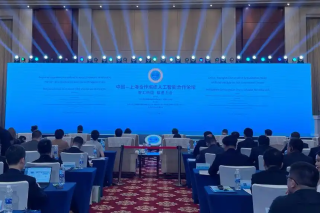Discovering some of Tianjin’s diverse cultural heritage
China, ever since first arriving in the country during 1987, I was fascinated. Increasingly I developed an interest, a curiosity with its long history, regional cultural diversity and much more. China, I realised, represents a mix of ethnicity and traditional customs across such a vast land. It has certainly been a learning experience for me.
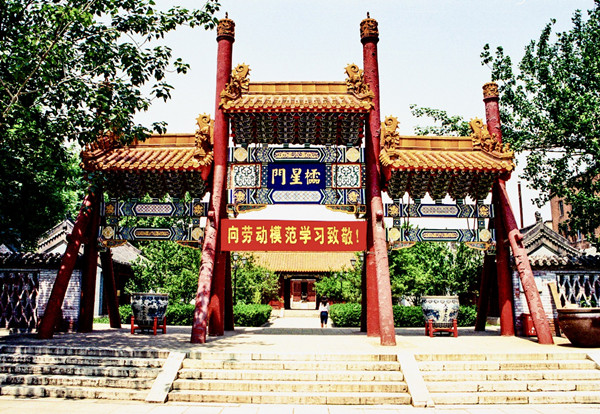
Entrance to Confucius Temple Tianjin
Initially, my earlier days were in Beijing, living near the Lama Temple (‘Yonghegong’), a major centre of Buddhism, dating from 1694. I would spend time there, simply appreciating its feel of tranquility and, of course, history.
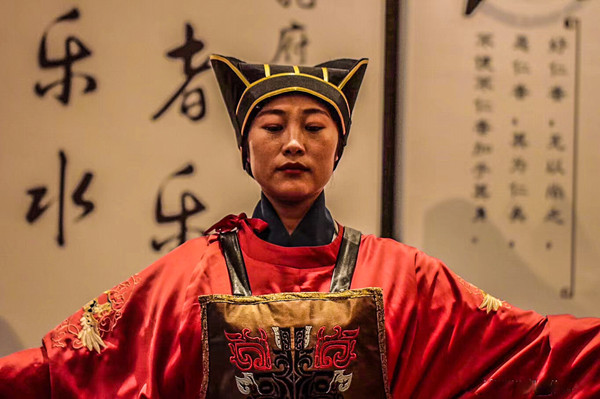
Confucian performance Shangri-La Hotel Tianjin
Nearby runs one of Beijing’s most revered ancient streets, Guozijian. It is home to both the Imperial College and 1302 constructed Beijing Confucius Temple (‘Beijing Kongmiao’). The second largest Confucian temple in China, it continues to emit a feeling of scholarly calm. However, Confucianism, I knew practically nothing about! It never featured during my education in Scotland.
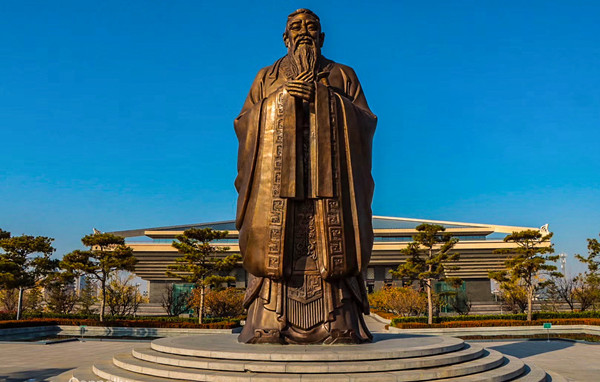
Statue of Confucius Qufu, Shandong
By the early 2000’s, my travels in China increasingly included Tianjin. My first visit, in 1996, unfortunately was very short. However, by 2004, spending time exploring the city’s often unique historic legacy, my interest in the city grew steadily. Tianjin’s central urban area is relatively compact and easy to explore. The terrain flat, convenient for either cycling or walking - my preferred ways to observe closely its unique characteristics. A growing metro network today facilitates relatively smooth access citywide.
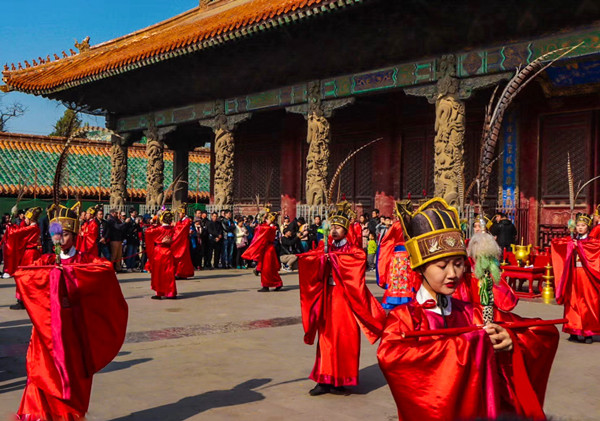
Performance at Confucius Temple Qufu
In 2004, I explored what had once been the former walled city, centred around the Drum Tower (‘Gulou’). A short distance eastwards from that structure, dating originally from 1493, I came upon Tianjin’s Confucius Temple (‘Wenmiao’), constructed in traditional Chinese architectural style. There are actually two temples within the compound - an older provincial one on the east side, dating from 1436 and a county temple dating from 1734.
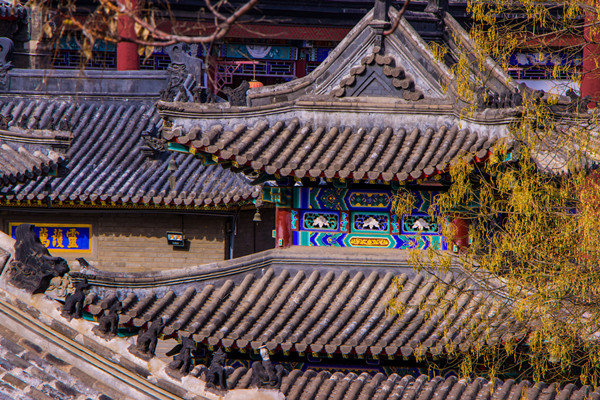
Palace of Queen of Heaven Tianjin
It was in Tianjin I would understand more of Confucius and the significance of Confucianism within Chinese cultural history. The city’s five-star Shangri-La Hotel, I was regularly involved there with photography. In April 2019, the hotel hosted a week of promotional events around Confucius and his Shandong hometown, Qufu. He was born nearby in 551BC. Within the hotel’s vast atrium, Confucian traditional dance and musical performances were truly enthralling. The hotel’s exquisite restaurants served up unique culinary dishes prepared by leading chefs from Shangri-La Qufu.
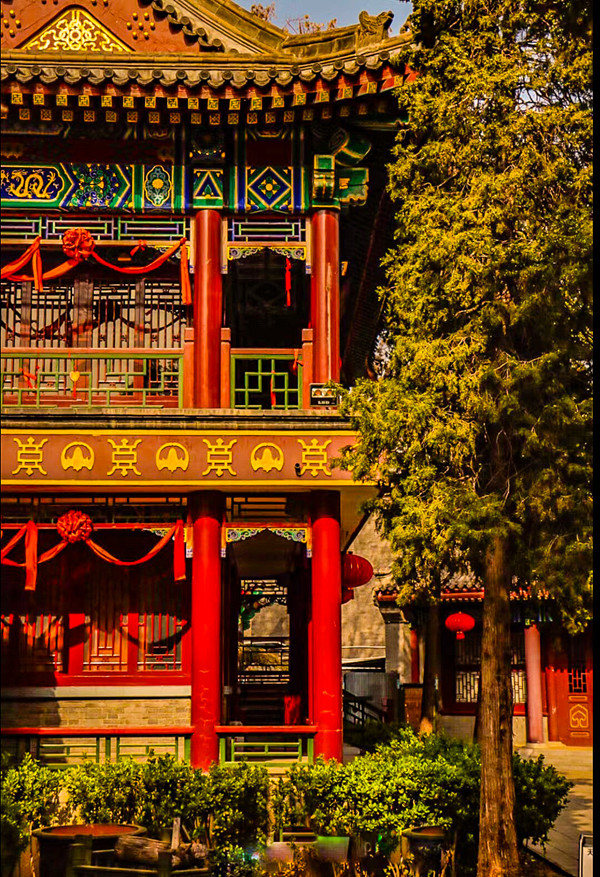
Palace of Queen of Heaven Tianjin
I found this all so interesting that later in 2019 I headed south to Qufu. A perfect opportunity to spend several days in and around that small, but truly fascinating historic city. Desiring to immerse myself into Confucian culture, I would spend time in its dedicated temple. Originating from 478 BC, rebuilt several times, it presented a tranquil feel enhanced by its structural beauty. The largest such temple in China, I would appreciate how Confucianism focussed on societal rules and moral values. Those were some truly amazing moments for me that started with Tianjin.
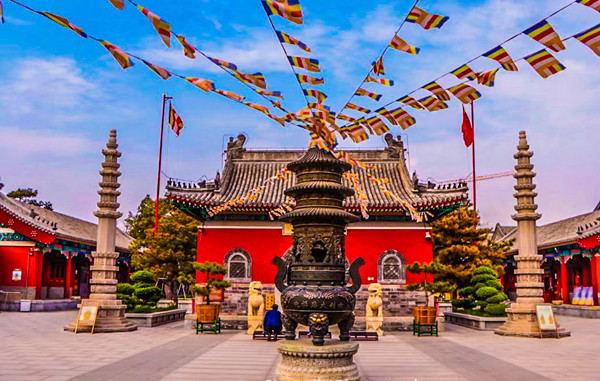
Dabeiyuan Temple Tianjin
A short walk west from Tianjin’s Confucius Temple flows the Haihe River close to its confluence with the Grand Canal. The Haihe connecting with Bohai Sea allowed Tianjin to grow through both canal and international trade. Nearby is the Ancient Cultural Street (‘Guwenhua’), today a popular tourist area. Within its midst, behind historic walls, sits a fascinating attraction, the Palace of Queen of Heaven, known locally as ‘Niang Niang Gong’. It was initially constructed in 1326 AD. Orientated towards the river, it is one of only three surviving Mazu temples in China. In historic times, prayer rituals were performed towards Goddess of the Sea, Mazu, in hope for safe oceanic voyages.
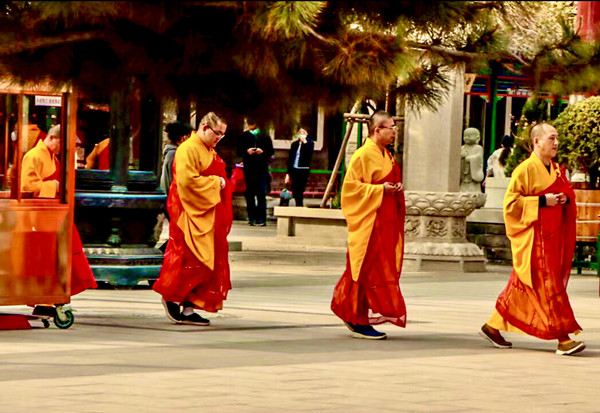
Buddhist monks at Dabeiyuan Temple Tianjin

Copyright ©
Tianjin Municipal Government. All rights reserved. Presented by China Daily.
京ICP备13028878号-35


